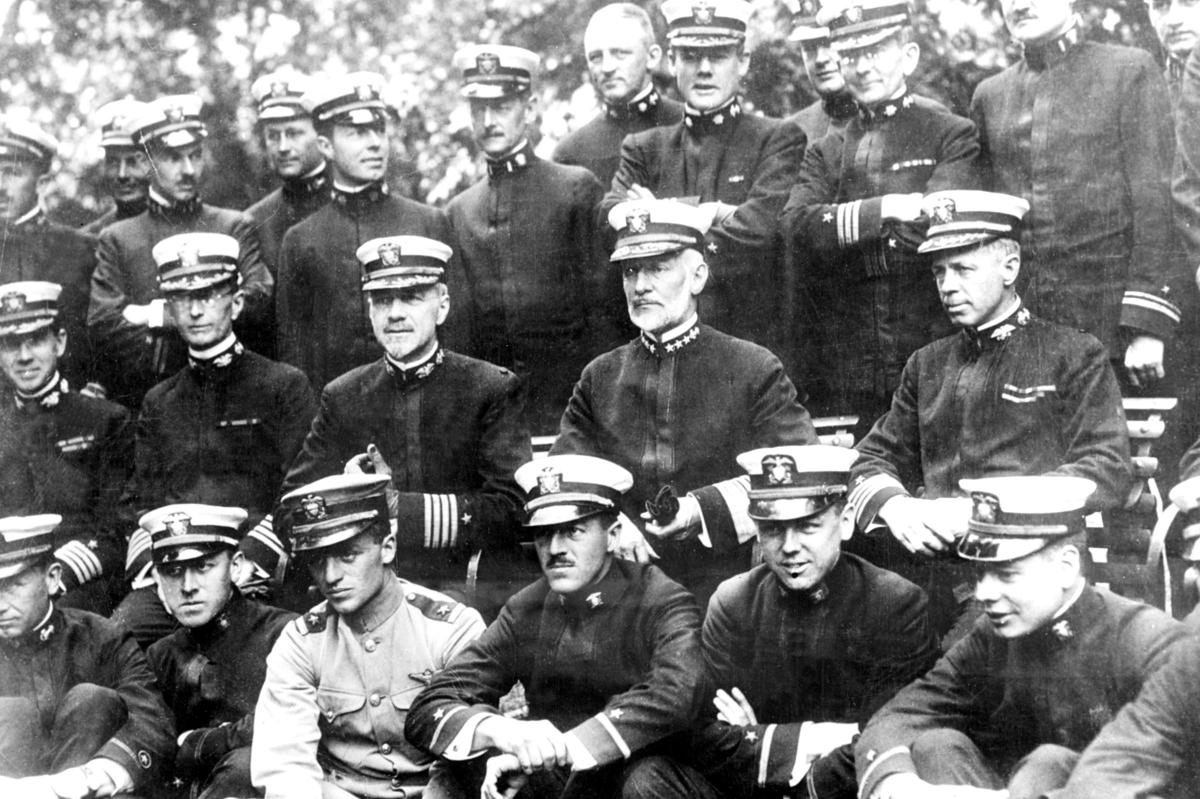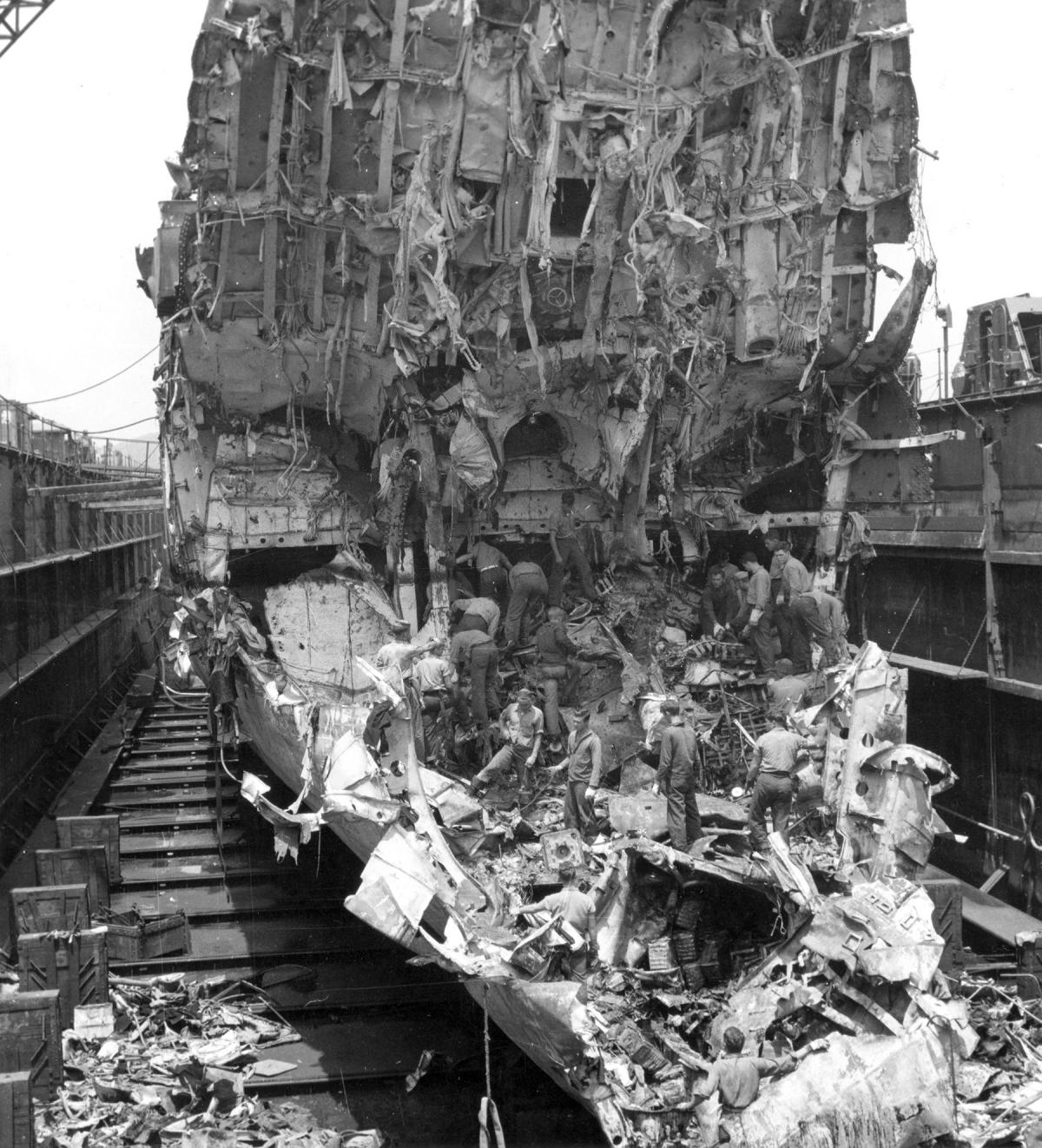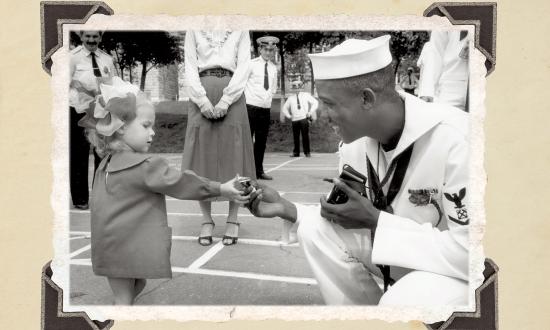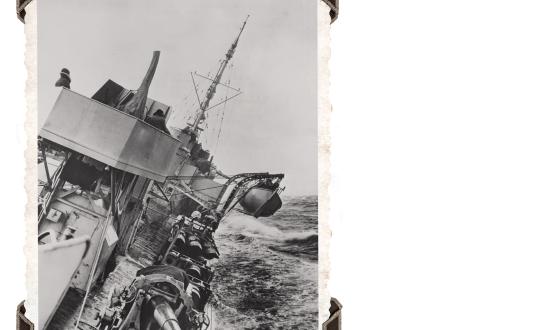April 1921 Proceedings—In “The Practical Naval Officer,” an address delivered by Rear Admiral William S. Sims, U.S. Navy, as president of the Naval War College, he underlined: “The real business of the Navy is preparation for war. All its training must have that end in view. If war should unfortunately be forced upon us, it must find the fleet prepared in every particular. Such preparation comprises many different elements. We build our ships as strong, as swift, and of as great gun power as possible, and we train their crews to the maximum practicable degree of efficiency.”
April 1971 Proceedings—In “Command Leadership and the Black Serviceman,” Defense Director for Civil Rights L. Howard Bennett wrote, “On visits to Europe in May 1968 and Southeast Asia in October of 1968, I began to discern, as a result of our talks with black and white military personnel in Germany, England, Italy, Spain, Vietnam, and Thailand that racial tensions were dangerously increasing. I believed then, and so recommended, that we would have to institute affirmative action programs to arrest the spread of racial violence among military personnel.”
April 1996 Proceedings—“The problem with reduced manning clearly is not technical,” Lieutenant Chuck Good, U.S. Navy, wrote in “Who’s Left to Paint?”: “It’s a function of how we employ and maintain our ships. The histories of the FFG-7 and DD-963 programs are instructive: Designed with minimized crews in mind and incorporating the most advanced shipboard automation available, these ships nevertheless have seen a 20%–25% growth in complement since their introduction. Where did all these people come from? The new systems required fewer operators and watchstanders, but basic ship’s business—maintenance, preservation, and administration—required more people to make these ships viable fleet units.”
A. Denis Clift
Golden Life Member
_____________________________________________________________________________________________________
From Our Archive
Twisted, jagged steel was all that was left of the bow and forward hull section of the USS Lindsey (DM-32). The ship was hit by two suicide planes and suffered an explosion in her forward magazine but refused to go to the bottom. The action took place near Mae Shima off Okinawa on 12 April 1945.
This and other photographs and artwork are available as prints through
the Naval Institute Photo Archive. Contact us at 1-800-233-8764,
jjorgensen@usni.org, or visit our website, www.usni.org.







